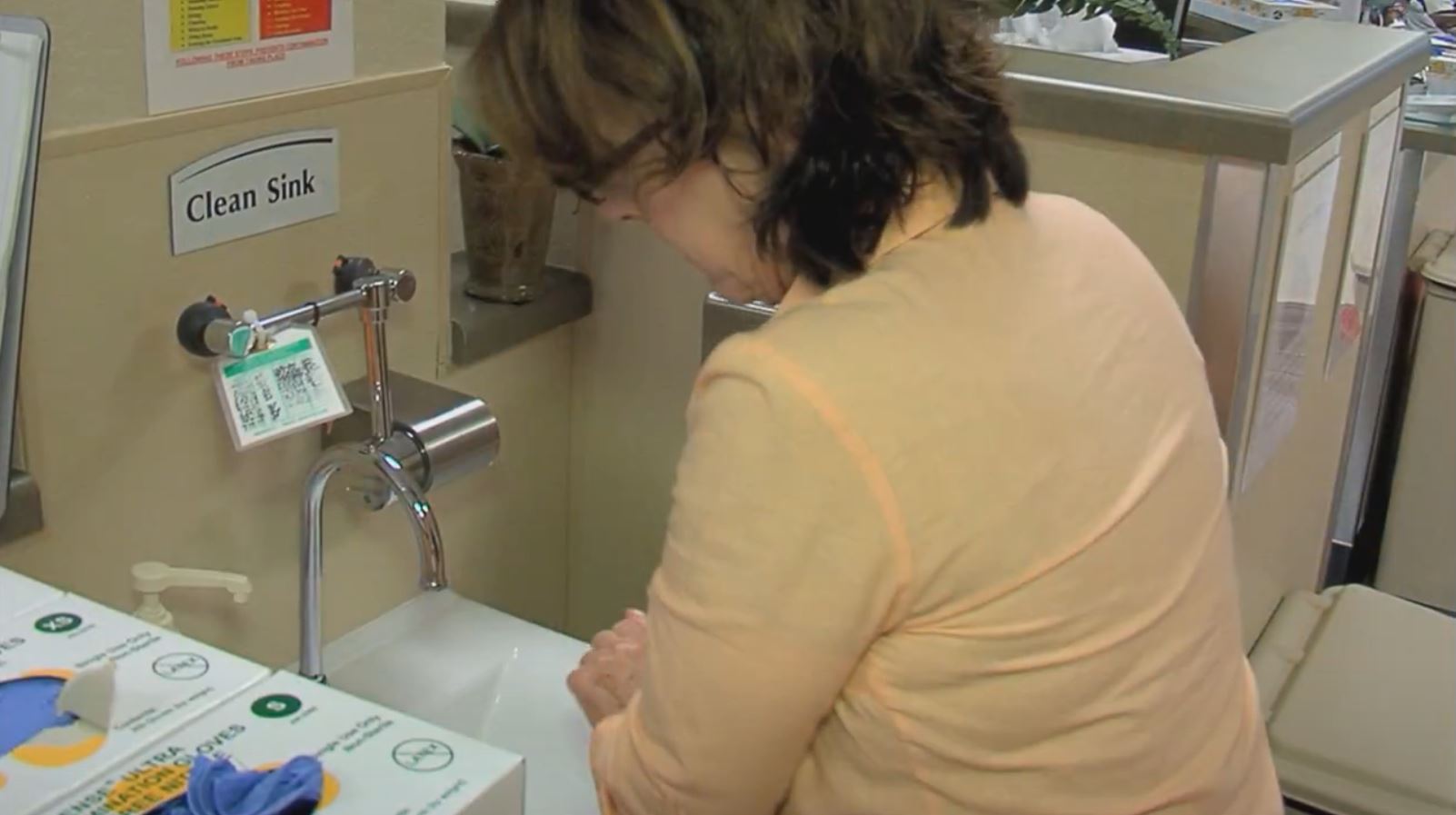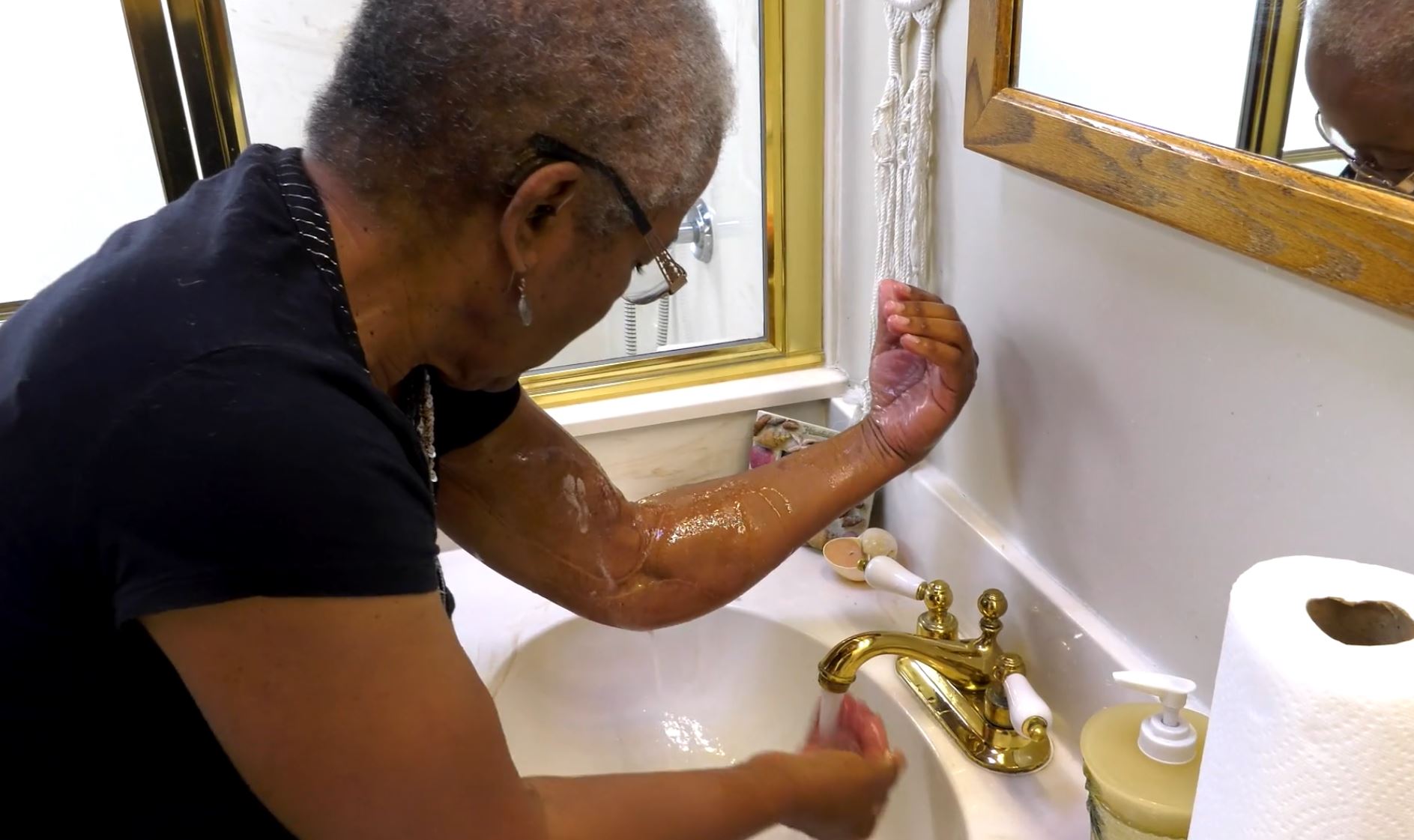Your access is so important that it’s sometimes referred to as your ‘lifeline for a lifetime.’ Proper care of your dialysis access is essential to ensure that it lasts and functions properly. Here are some important tips that may help your access last longer:
Look at your catheter dressing in the mirror.
Feel over the catheter dressing (do not remove the dressing)

Ken, a Satellite hemodialysis patient, shows you what to look, listen, and feel for when you check your access.

Annette, a Satellite hemodialysis patient, offers a few quick tips on what to do when you arrive for treatment.

Annette, a Satellite hemodialysis patient, offers a few quick tips on caring for your access at home.
Blood stream infection is when bacteria or fungi enters your blood. For people on dialysis, it’s often caused through contamination at the hemodialysis access. For example, a small skin infection at the access site can cause the germ to enter the blood, quickly spreading throughout the body.
If untreated, a blood stream infection can trigger the body to fight germs, but this helpful process can inadvertently cause damage to multiple organ systems. Blood stream infection is the second leading cause of death in people on dialysis.
Symptoms include chills, sweating, shaking, moderate/high fever, weakness, rapid breathing, increased heart rate, and paleness, especially in the face.
Peritonitis is the inflammation of the tissue that lines the inner wall of your abdomen. It’s usually caused by infection from bacteria or fungi, often because of accidental contamination through the PD catheter.
If untreated, peritonitis can rapidly spread into the blood and to other organs. Without treatment, it can result in multiple organ failure and even death.
Symptoms include poor appetite, nausea, and a dull abdominal ache that quickly becomes more severe. Other signs and symptoms include abdominal tenderness, chills, fever, and vomiting.

DO:
DON’T:
DO:
DO NOT:
DO:
DO NOT:
Ask your kidney doctor or care team about a fistula or graft access. Benefits include lower risk of infection and needing hospitalization. Plus, more efficient dialysis may mean less treatment time and more energy!
Read more about access options.
Learn more about the advantage of a fistula or graft.